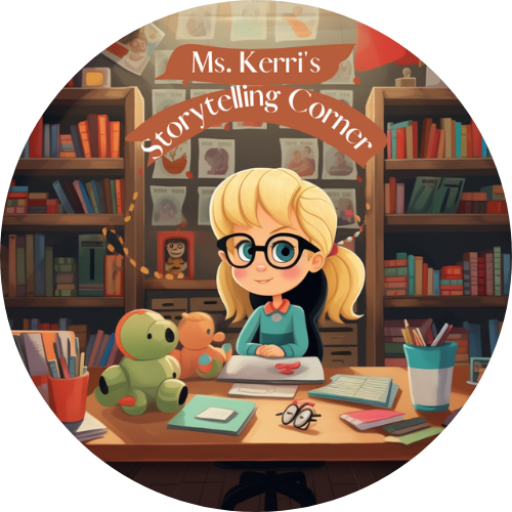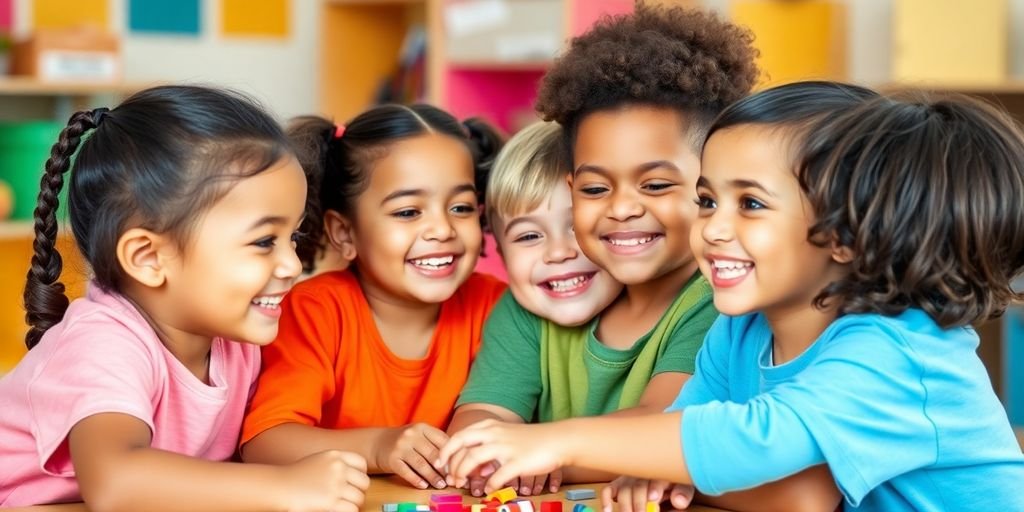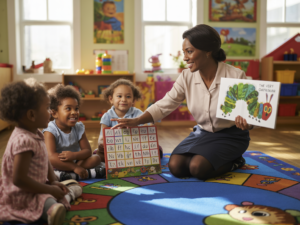Friendship activities in preschool are more than just fun and games; they’re a foundation for building social skills and fostering connections among young children. Whether it’s through arts and crafts, interactive games, or storytelling, these activities help kids learn to communicate, empathize, and work together. Let’s dive into some tried-and-true activities that can make a real difference in a preschool setting.
Key Takeaways
- Arts and crafts like making friendship bracelets or creating a friendship tree can help preschoolers bond and express creativity.
- Interactive games such as “The Name Game” and “Friendship Bingo” make socializing fun and teach teamwork.
- Storytelling and role-playing allow children to explore different social scenarios and develop empathy.
- Music and movement activities, like singing friendship songs or dancing, encourage cooperation and joy.
- Outdoor adventures, like nature walks or building a friendship garden, promote teamwork and a love for nature.
Creative Arts and Crafts for Building Friendships

Making Friendship Bracelets
Crafting friendship bracelets is a delightful way for preschoolers to bond. Kids can choose colorful threads and beads, weaving them into unique patterns. This activity not only boosts creativity but also encourages kids to share and collaborate. As they work, children learn the importance of patience and teamwork, and by the end, they have a tangible symbol of their friendship to cherish. A simple way to bring joy and connection!
Creating a Friendship Tree
A friendship tree is a beautiful classroom project. Each child decorates a leaf with their name and a positive trait or message. These leaves are then attached to a large paper tree displayed in the classroom. This visual representation of friendship grows as more leaves are added, reminding kids of their supportive community. It’s a great way to celebrate individuality while fostering a sense of belonging.
Designing Friendship Crowns
Designing friendship crowns is an imaginative activity that allows kids to express themselves. Provide materials like paper, stickers, and markers. Children can create crowns for their friends, incorporating elements that represent their friendship. This task encourages them to think about what makes their friends special and to communicate those thoughts creatively. Crowns can be worn during a “friendship parade” or taken home as a keepsake.
Through these creative arts and crafts, preschoolers learn to appreciate the unique qualities of their peers, building a foundation for lasting friendships.
Interactive Games to Foster Social Skills
The Name Game for Social Interaction
The Name Game is a simple yet effective way to help preschoolers get to know each other. Gather the kids in a circle and have them take turns saying their name and something they like, such as a favorite color or animal. This not only helps with memory but also encourages kids to listen actively and share about themselves. You can make it more fun by adding a rhythm or a clap after each name. It’s a fantastic icebreaker and helps build a sense of community among the children.
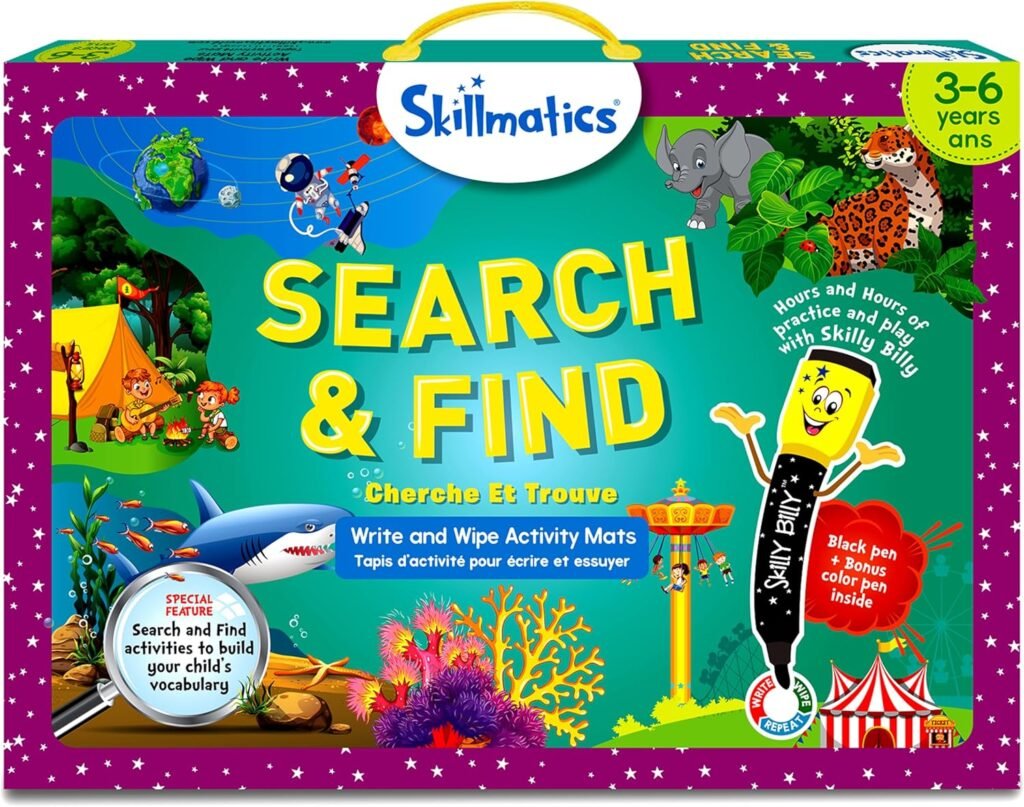
Friendship Bingo for Team Building
Friendship Bingo is a fun twist on the classic game, designed to help kids learn more about each other. Create bingo cards with different prompts in each square, like “has a pet,” “likes pizza,” or “can ride a bike.” As the children mingle, they ask each other questions to find someone who fits each description. This game encourages communication and helps kids discover common interests, paving the way for new friendships.
Role-Playing Scenarios for Empathy
Role-playing is a powerful tool for teaching empathy and understanding. Set up simple scenarios where children can act out different roles, like being a friend who helps someone who is sad or sharing toys with others. Through these activities, kids learn to see things from another’s perspective and practice kindness. This can be especially effective when paired with activities like Emotion Freeze Dance, where children express and recognize emotions through movement. Role-playing not only strengthens social skills but also boosts confidence and emotional intelligence.
Storytelling and Role-Playing Activities
Acting Out Friendship Stories
Kids love stories, and acting them out can be a fantastic way to learn about friendship. Gather the children in a cozy circle and read a simple friendship tale. Encourage them to take on different characters and act out the story. This helps them understand different perspectives and emotions. You can use props like hats or scarves to make it more fun.

- Choose a short story with clear characters.
- Assign roles to each child.
- Let them improvise their lines and actions.
Through acting, children learn empathy by stepping into someone else’s shoes, making friendships more meaningful.
Creating Puppet Shows on Friendship
Puppet shows are a magical way to bring stories to life. With some socks or paper bags, kids can create their own puppets. Encourage them to come up with a short story about friendship, maybe about helping a friend or sharing toys. This activity boosts creativity while teaching social skills.
- Provide materials for making simple puppets.
- Let kids brainstorm a friendship scenario.
- Guide them as they perform their puppet show.
Story Circles to Share Experiences
Story circles are all about sharing and listening. Sit the kids in a circle and ask each one to share a short story about a time they helped a friend or made a new one. This activity not only improves speaking skills but also builds a sense of community.
- Start with a simple prompt about friendship.
- Encourage each child to share their story.
- Discuss what they learned from each other’s experiences.
In story circles, children find common ground and learn that everyone has unique friendship experiences to share.
Music and Movement for Friendship Building

Singing Friendship Songs Together
Singing together is a classic way to bring kids closer. When preschoolers sing friendship songs, they not only learn about cooperation but also enjoy the rhythm and melody. Music can be a universal language that helps kids express feelings and build bonds. You can make this activity fun by choosing songs that are easy to learn and have catchy tunes. Try adding some hand motions or simple dance steps to make it more engaging.
Dance Activities to Encourage Teamwork
Dance is all about movement, and when kids dance together, they’re learning to move in sync and cooperate. Teamwork is the key here. Organize simple dance routines where kids can pair up or form small groups. Encourage them to create their own dance moves and share with the class. This not only boosts their confidence but also helps them understand the importance of working together.
Musical Chairs with a Friendship Twist
Musical chairs is a game everyone knows, but you can add a friendship twist to it. Instead of eliminating kids when they don’t find a chair, ask them to share a seat with a friend. This way, everyone stays in the game longer, and it promotes the idea of sharing and caring. You can even introduce a rule where kids have to say something nice about the person they’re sharing a chair with before the music starts again.
Music and movement activities are not just about having fun. They’re about learning to connect, cooperate, and create lasting friendships. When kids engage in these activities, they’re not just playing—they’re building the foundation for social skills that will last a lifetime.
Outdoor Adventures to Encourage Teamwork
Nature Walks with Friends
Taking preschoolers on nature walks is a fantastic way to encourage teamwork while exploring the great outdoors. Children can learn to communicate and cooperate as they discover new plants, insects, and animals together.
- Plan a route that is safe and easy for small children to navigate.
- Encourage kids to pair up or form small groups to explore together.
- Provide a simple checklist of things to find, like different leaves or rocks, to keep them engaged.
Walking through nature, kids learn to appreciate the world around them and each other.
Building a Friendship Garden
Creating a friendship garden is a hands-on activity that can teach kids about nature and cooperation. Each child can plant a flower or vegetable, learning responsibility and teamwork as they care for the garden together.
- Choose a spot that gets plenty of sunlight and is accessible for the kids.
- Let each child select a plant and help them dig and water it.
- Assign roles like watering, weeding, or harvesting to encourage teamwork.
Outdoor Obstacle Courses
Setting up an outdoor obstacle course can be an exciting way to build teamwork and physical skills. Use equipment like cones, tunnels, and balance beams to create a course that challenges and excites.
- Design the course with age-appropriate challenges and ensure it’s safe.
- Demonstrate how to complete each part of the course.
- Divide kids into teams and encourage them to cheer each other on.
This activity not only promotes physical fitness but also teaches kids about perseverance and working together to achieve a common goal.
Cooking and Sharing Friendship Treats

Making Friendship Cookies
Baking cookies is a fantastic way for preschoolers to learn about cooperation and friendship. Kids can work together to mix ingredients, roll out dough, and use cookie cutters to create shapes that symbolize friendship. This activity encourages teamwork and sharing. Once baked, the cookies can be decorated with icing and sprinkles, allowing children to express their creativity and share their creations with classmates.
Creating a Kindness Snack Mix
A kindness snack mix is a simple yet effective way to teach children about the importance of kindness and sharing. Each child can bring a different ingredient, like pretzels, raisins, or cereal, and contribute to a large bowl. As they mix everything together, discuss how each ingredient represents a different act of kindness. This snack mix can be enjoyed together, reinforcing the idea that sharing makes experiences more enjoyable.
Sharing Treats with Classmates
Sharing treats is a wonderful way to build friendships. Children can take turns distributing snacks they’ve made, learning about generosity and gratitude in the process. To make it more interactive, you could incorporate a “thank you” circle where each child expresses gratitude for the treat they’ve received. This not only promotes good manners but also strengthens bonds among classmates.
Cooking and sharing treats in the classroom isn’t just about making food; it’s about creating joyful experiences that bring children closer together. Through these activities, kids learn valuable social skills and the joy of giving, setting the foundation for strong friendships.
Literacy Activities to Promote Friendship

Reading Books About Friendship
Reading stories about friendship is a great way to help kids understand the value of relationships. Books can introduce them to different scenarios where they can learn how to handle disagreements, show kindness, or simply enjoy time with friends. Consider setting aside a cozy corner in your classroom with a selection of books that explore themes of friendship. You might want to include classics like “Frog and Toad Are Friends” or “The Rainbow Fish,” which are perfect for sparking discussions about what it means to be a good friend.
Writing Letters to Friends
Encouraging preschoolers to write letters is another fantastic way to build friendships. This activity not only helps them practice writing skills but also teaches them how to express their feelings and thoughts. Start by guiding them on what they might want to say, like sharing something fun they did or saying something nice about their friend. You can even create a “mailbox” system in the classroom where kids can “send” and “receive” letters from their peers. It’s a simple yet effective way to nurture communication and empathy among young learners.
Creating a Friendship Journal
A friendship journal is a personal space where children can document their interactions and reflections about their friends. Provide each child with a small notebook where they can draw pictures or write about their day with friends. You can prompt them with questions like “What did you do with your friend today?” or “How did your friend make you feel happy today?” This activity not only promotes literacy but also helps children become more aware of their social interactions and the importance of maintaining friendships.
Building friendships in preschool is not just about playing together; it’s about understanding and valuing each other’s thoughts and feelings. Through these literacy activities, children learn to communicate, empathize, and connect, laying the groundwork for strong, lasting friendships.
Wrapping It Up: Building Bonds for a Bright Future

So there you have it, three friendship activities that can really make a difference in preschool. These aren’t just games or crafts; they’re little building blocks for social skills and confidence. Kids learn best when they’re having fun, and these activities hit the mark.
Whether it’s making friendship bracelets, playing interactive games, or working on group projects, each activity helps kids understand the value of friendship. It’s all about creating a supportive environment where they can learn to share, communicate, and grow together. And who knows? The friendships they form now might just last a lifetime. So, let’s keep encouraging these young minds to connect and thrive!
Frequently Asked Questions
What are some fun friendship activities for preschoolers?
Activities like making friendship bracelets, playing the Name Game, and creating puppet shows are great for preschoolers to learn about friendship.
How do interactive games help build social skills?
Interactive games like Friendship Bingo and role-playing scenarios encourage teamwork and empathy, helping kids develop social skills.
Why is storytelling important in teaching friendship?
Storytelling allows children to act out different friendship scenarios, helping them understand and express emotions related to being a good friend.
What role does music play in building friendships?
Music activities such as singing friendship songs and dancing together promote teamwork and create a joyful environment for forming friendships.
How can outdoor activities foster teamwork among kids?
Outdoor activities like nature walks and obstacle courses encourage kids to work together, fostering a sense of teamwork and collaboration.
What are some easy cooking activities for teaching friendship?
Making friendship cookies and creating a kindness snack mix are fun ways to teach kids about sharing and cooperation.
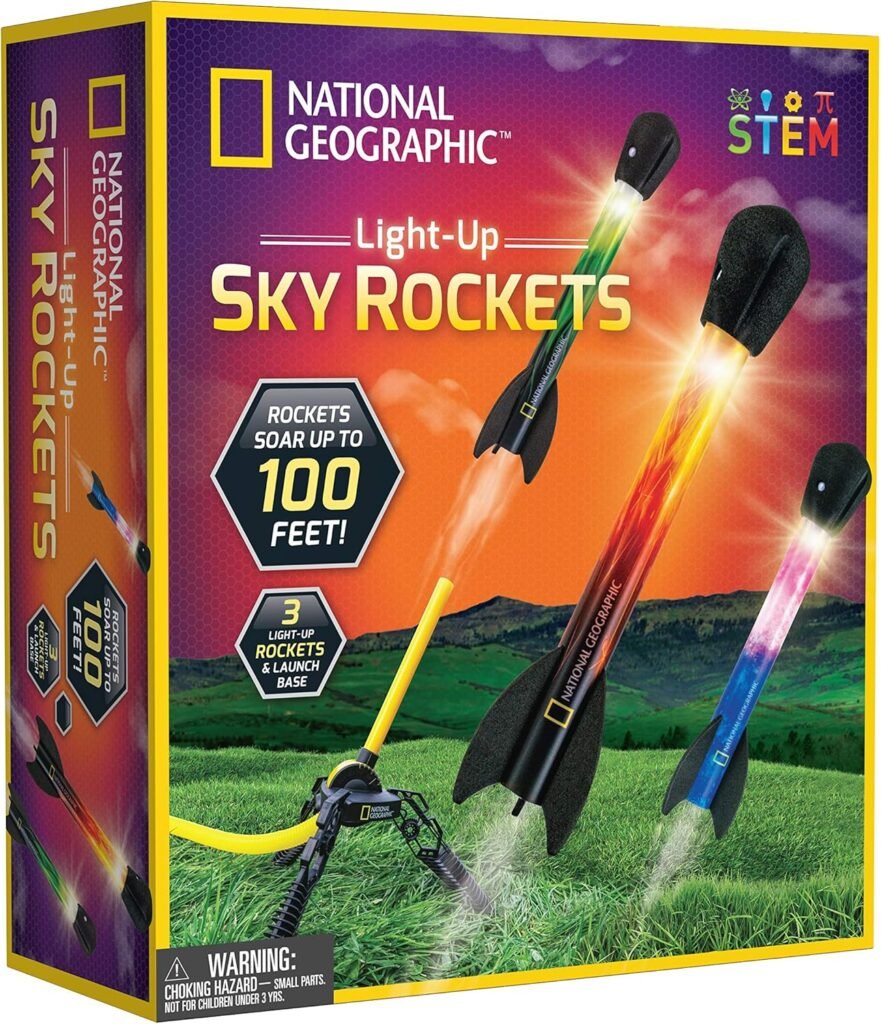

Ms. Kerri’s Corner provides a exciting virtual space for preschool learning. Through a variety of engaging activities, she exposes young minds to early math, literacy, science and social-emotional skills in a developmentally appropriate way. Centers for blocks, art, books and music allow children to explore hands-on learning at their own pace. Guided lessons subtly introduce number sense, letter sounds and narrative thinking. Careful observation gives insight into each child’s progress across domains. Viewers are also invited to participate, reinforcing that their ideas are valued. By making learning fun yet purposeful, Ms. Kerri lays the groundwork for future academic success while fostering creativity and imagination. Her program offers preschoolers valuable screen-based learning experiences.
